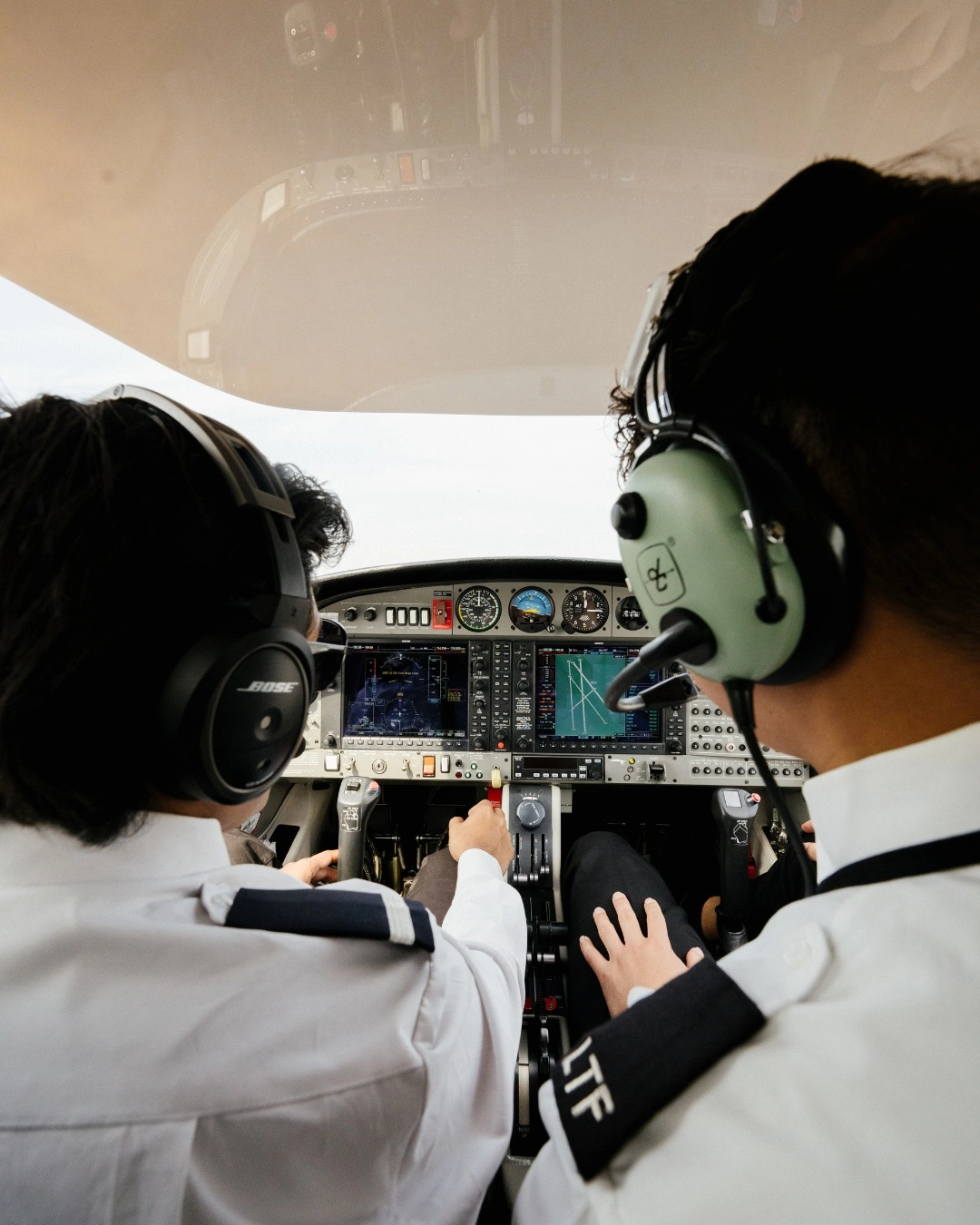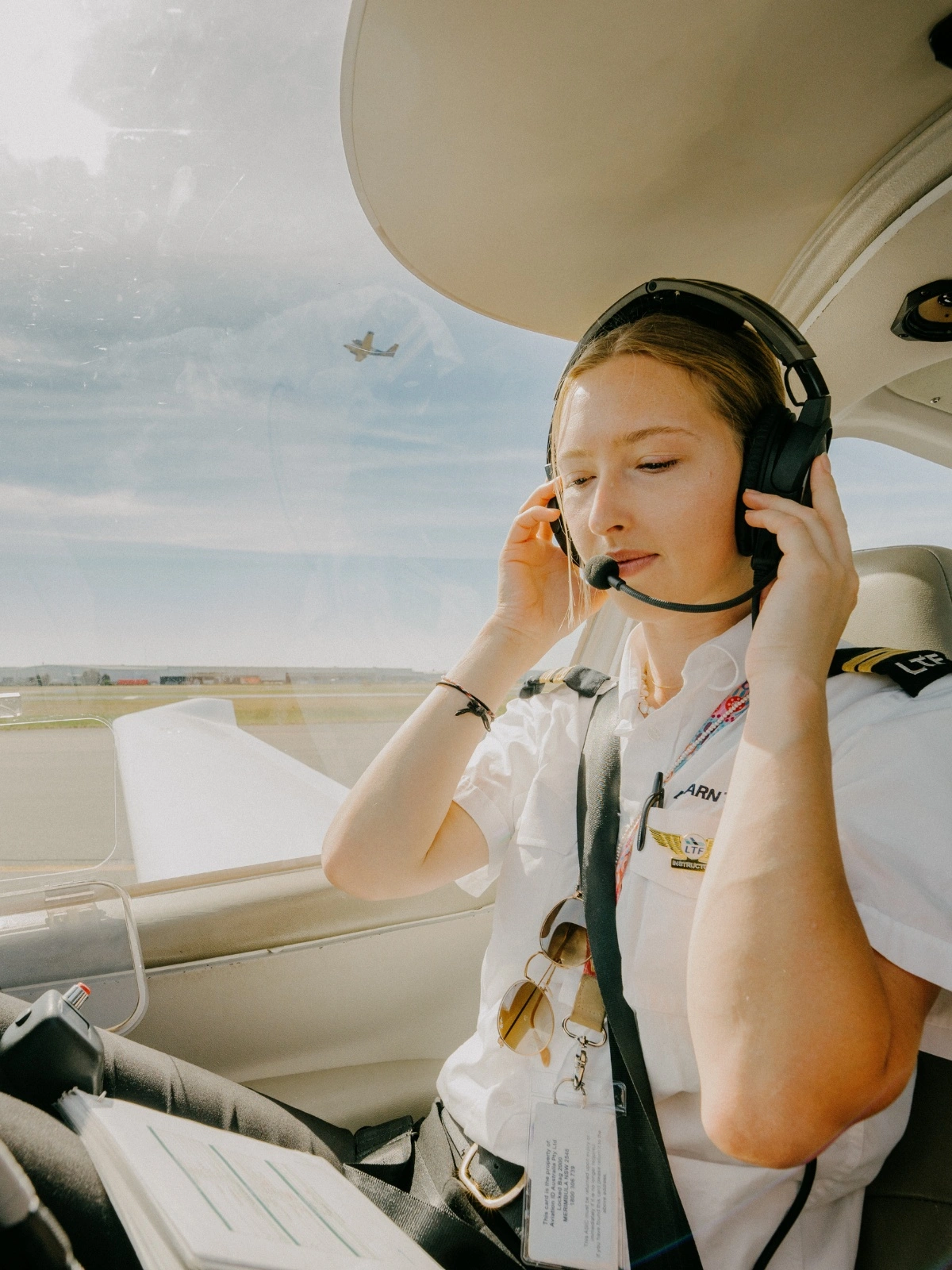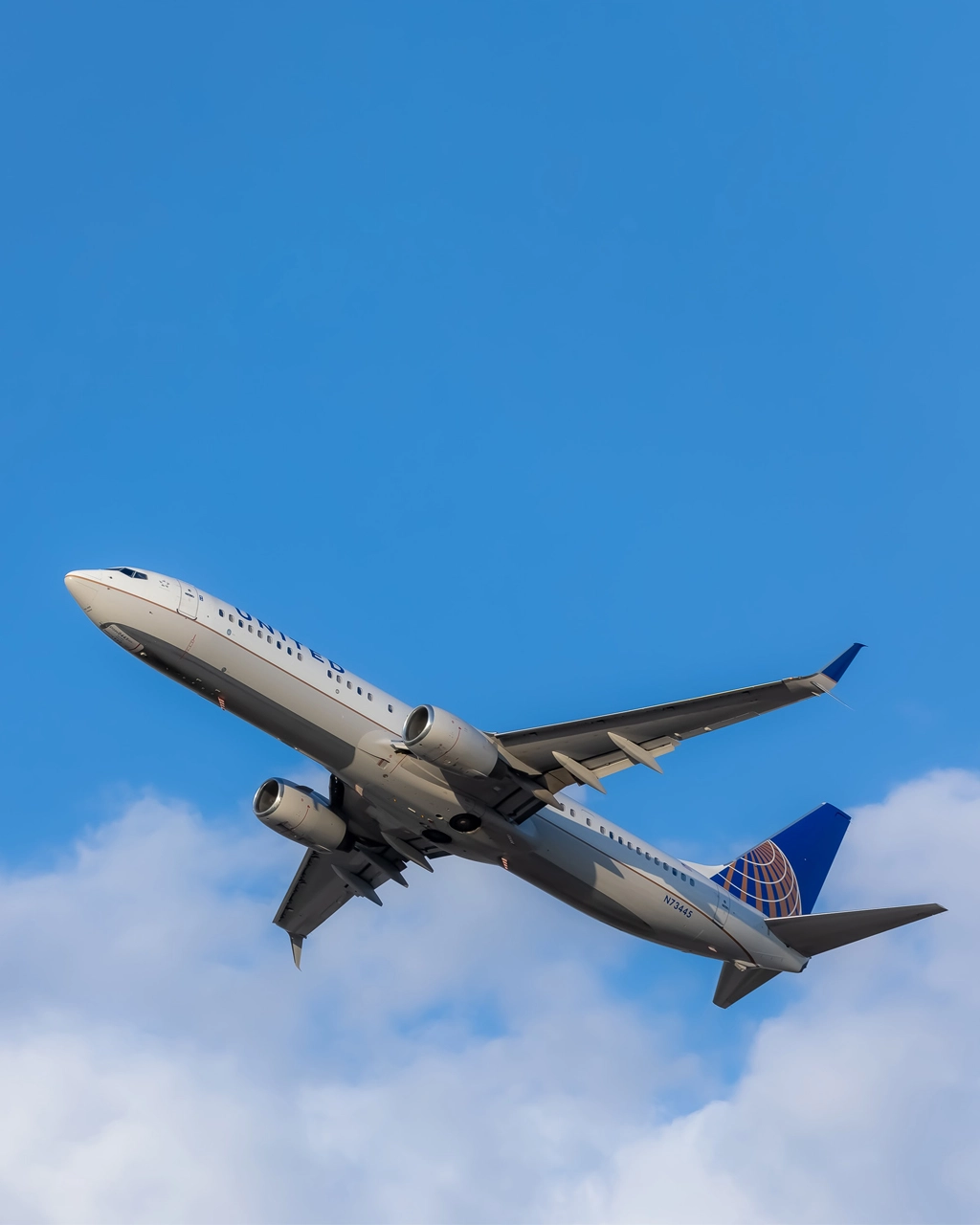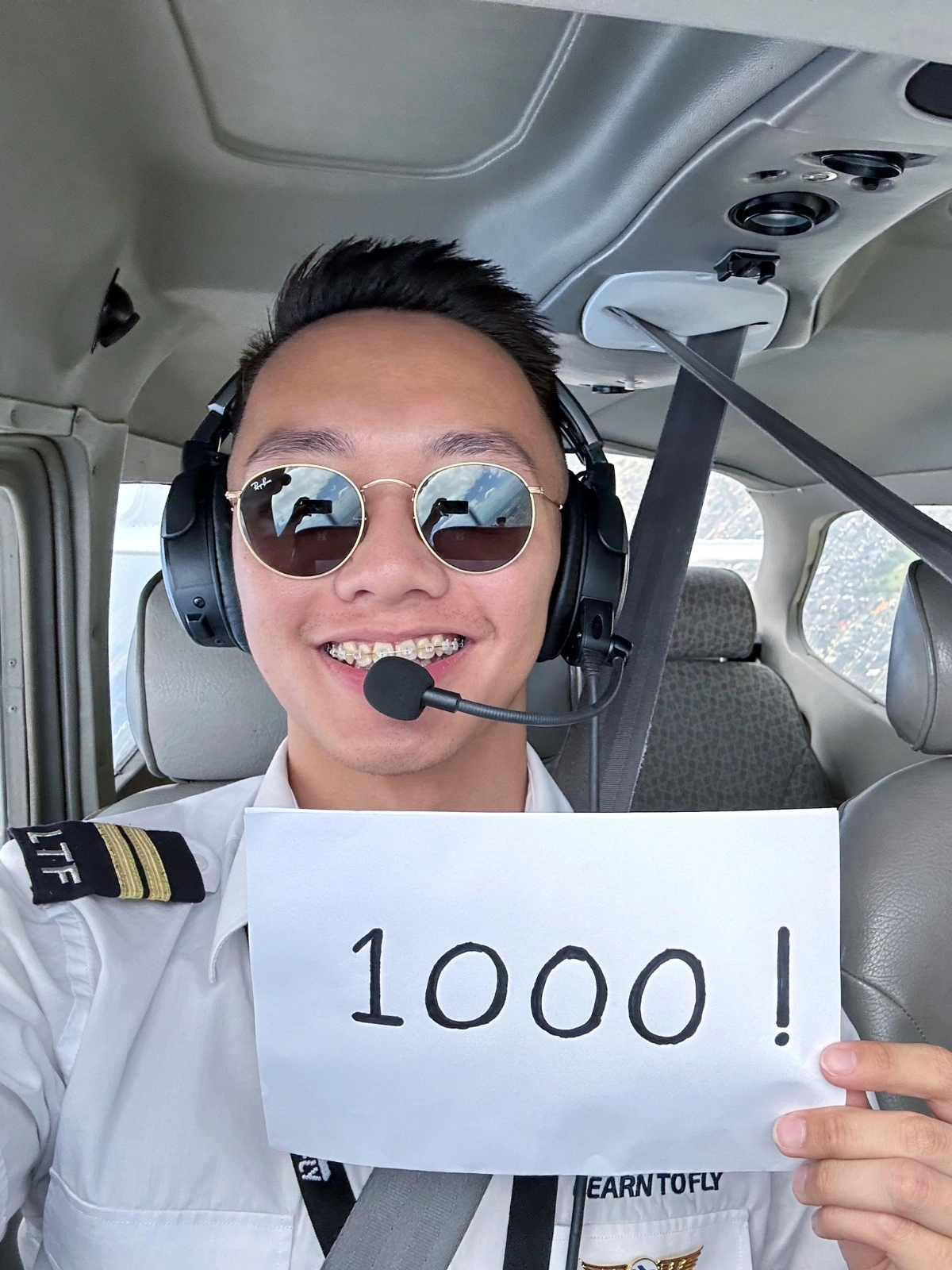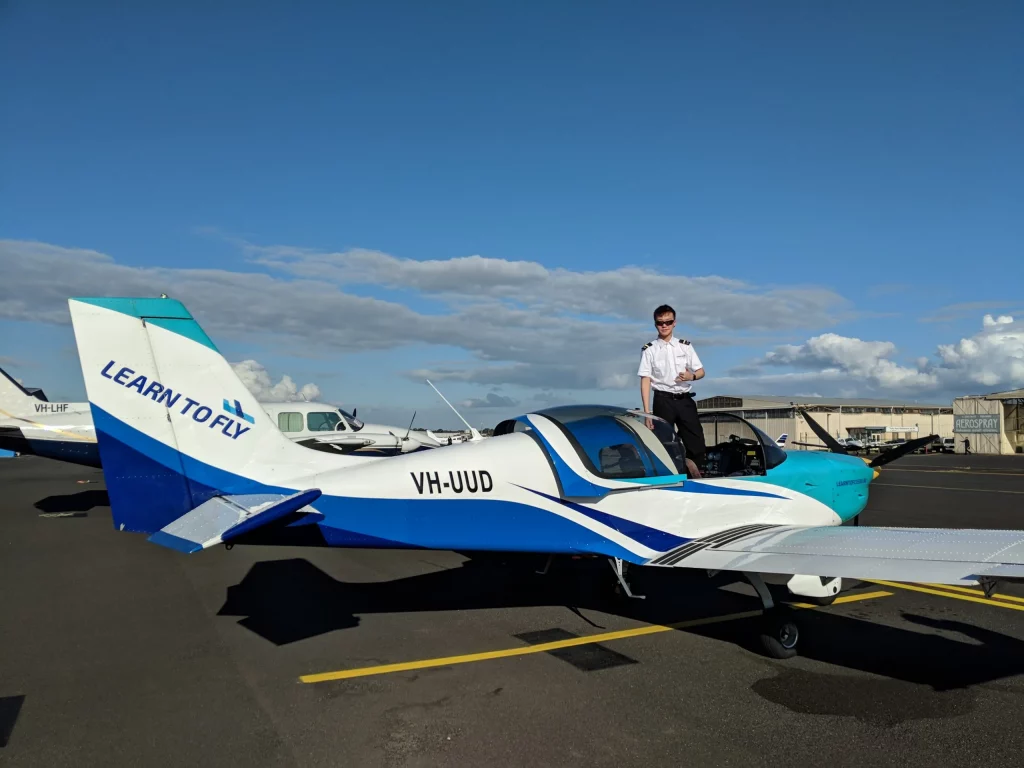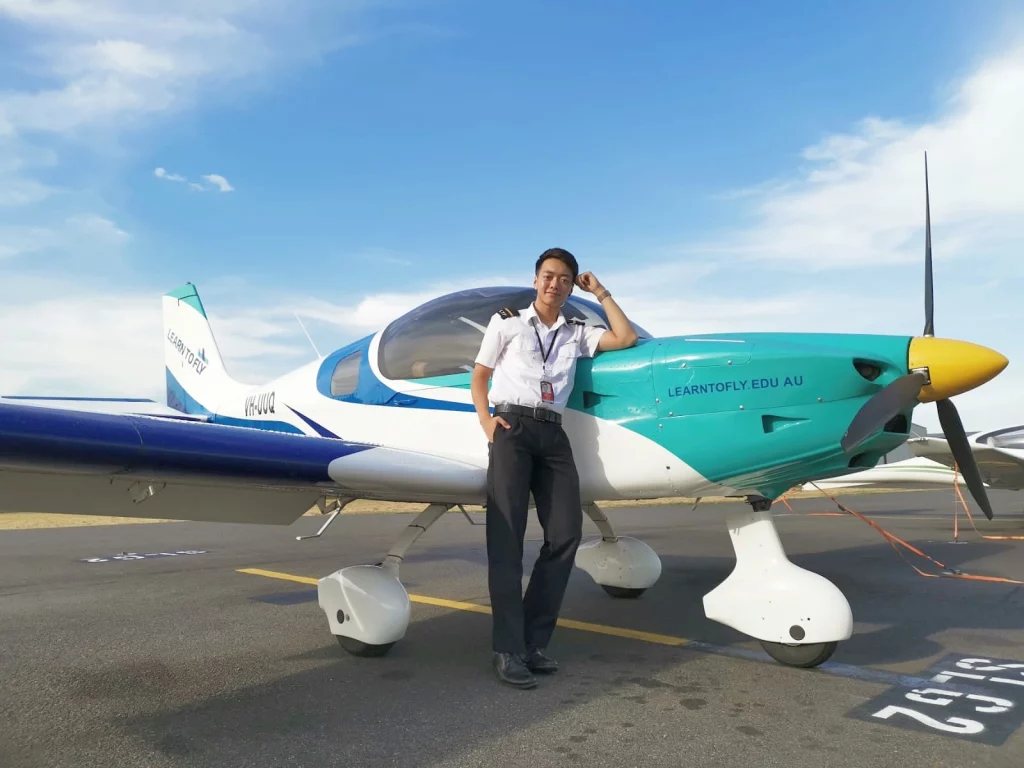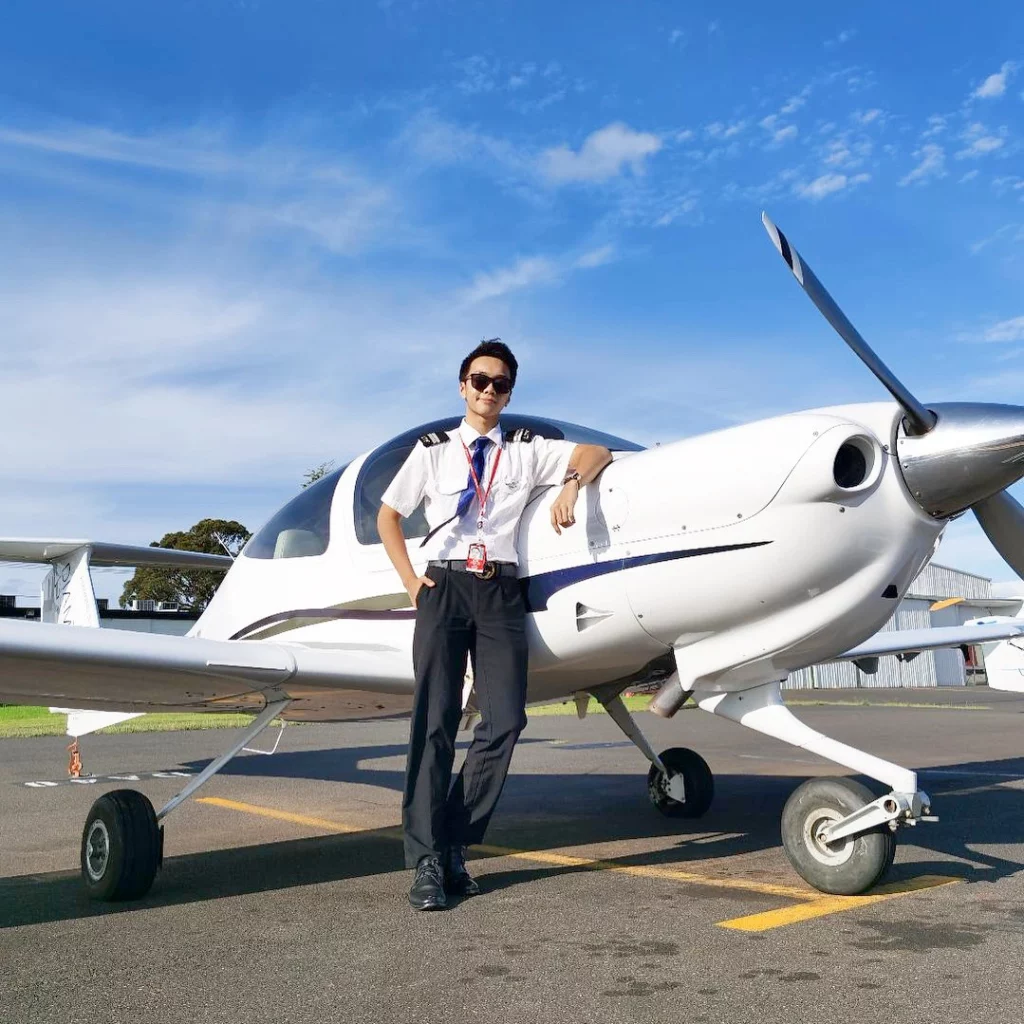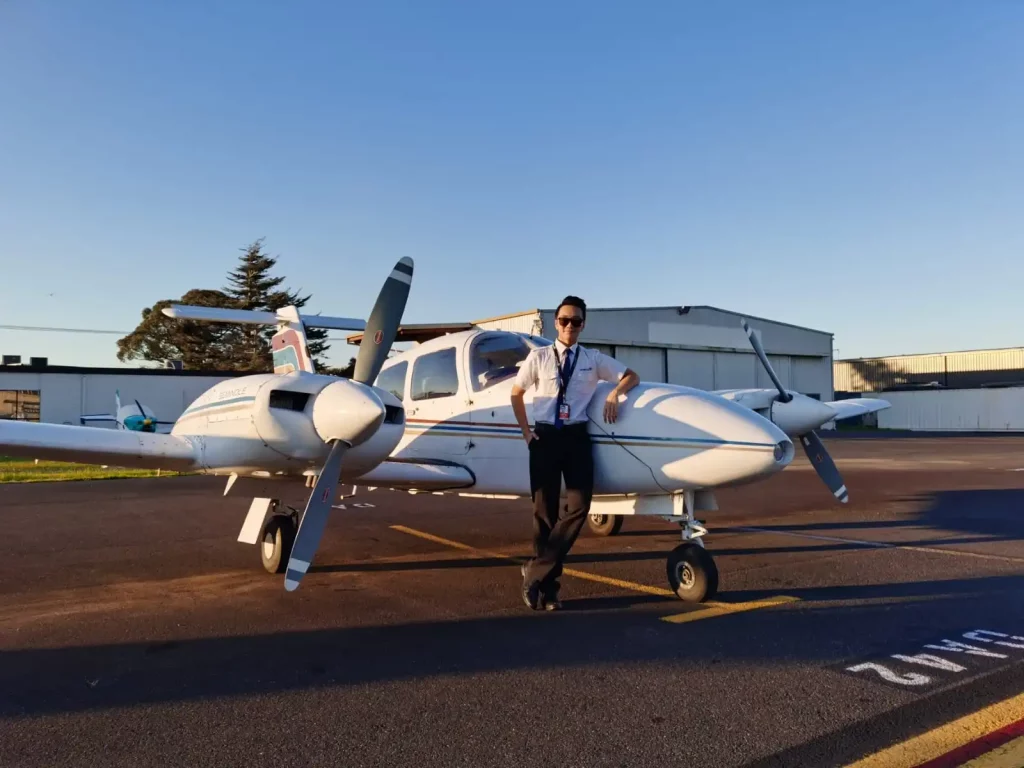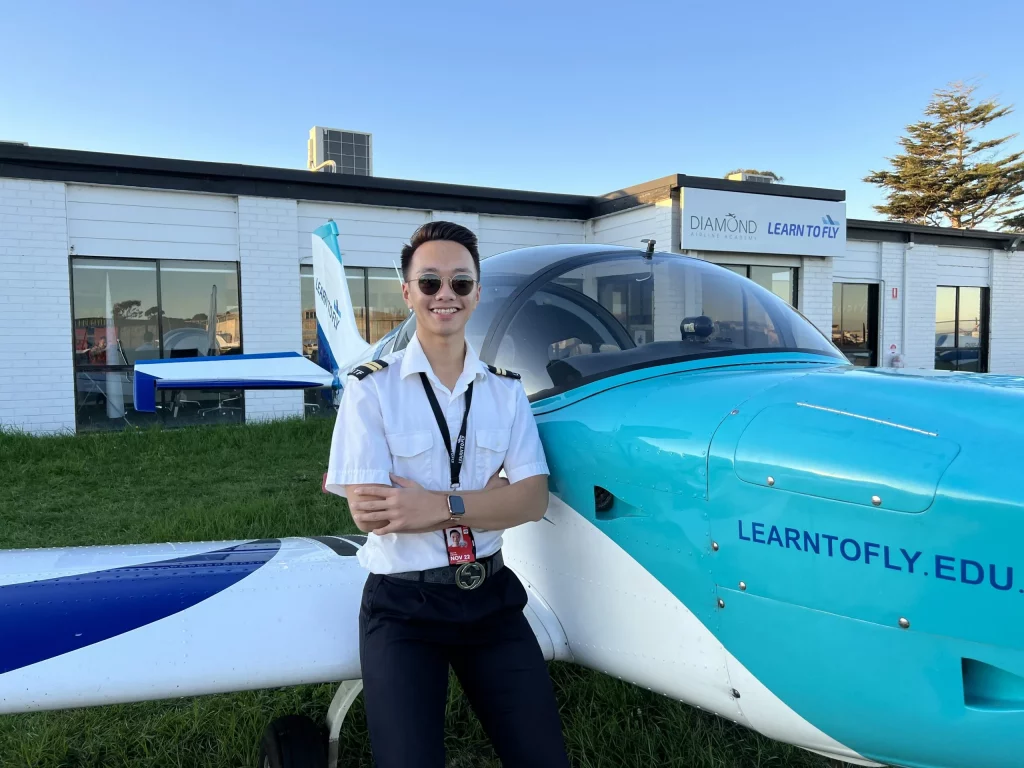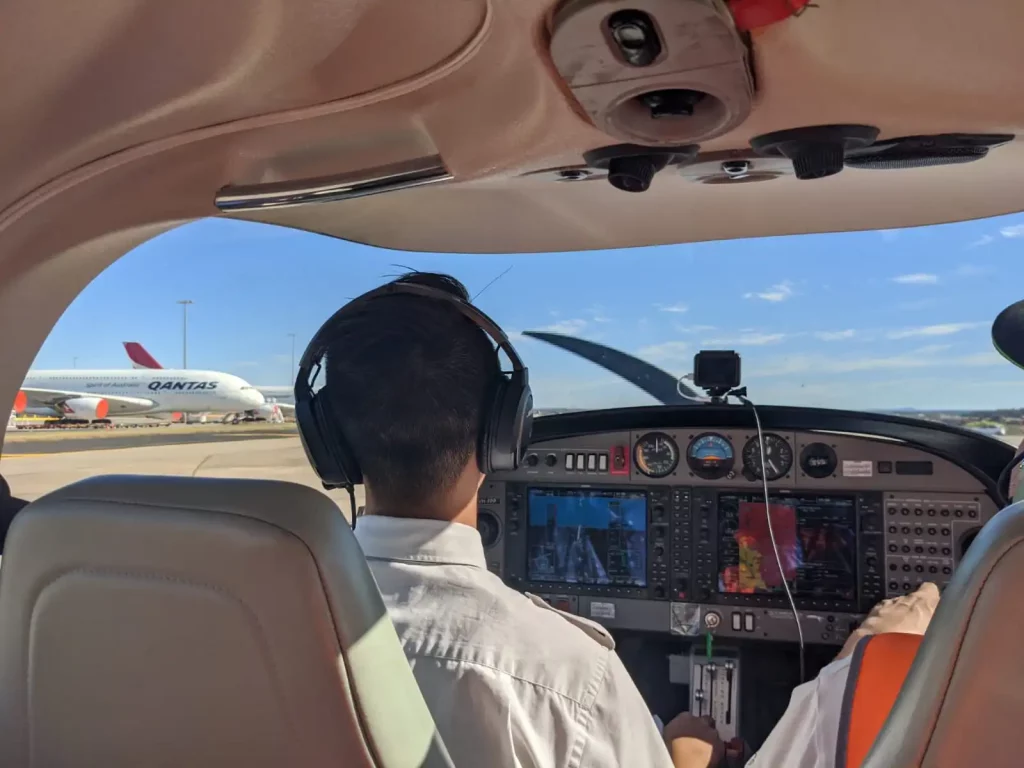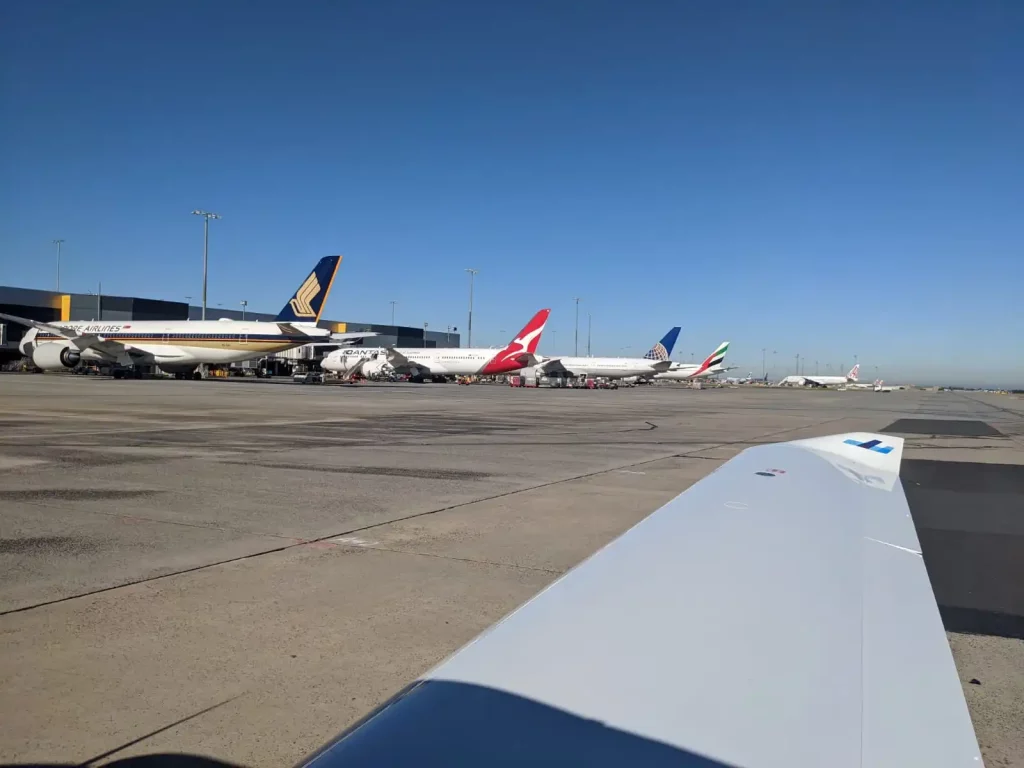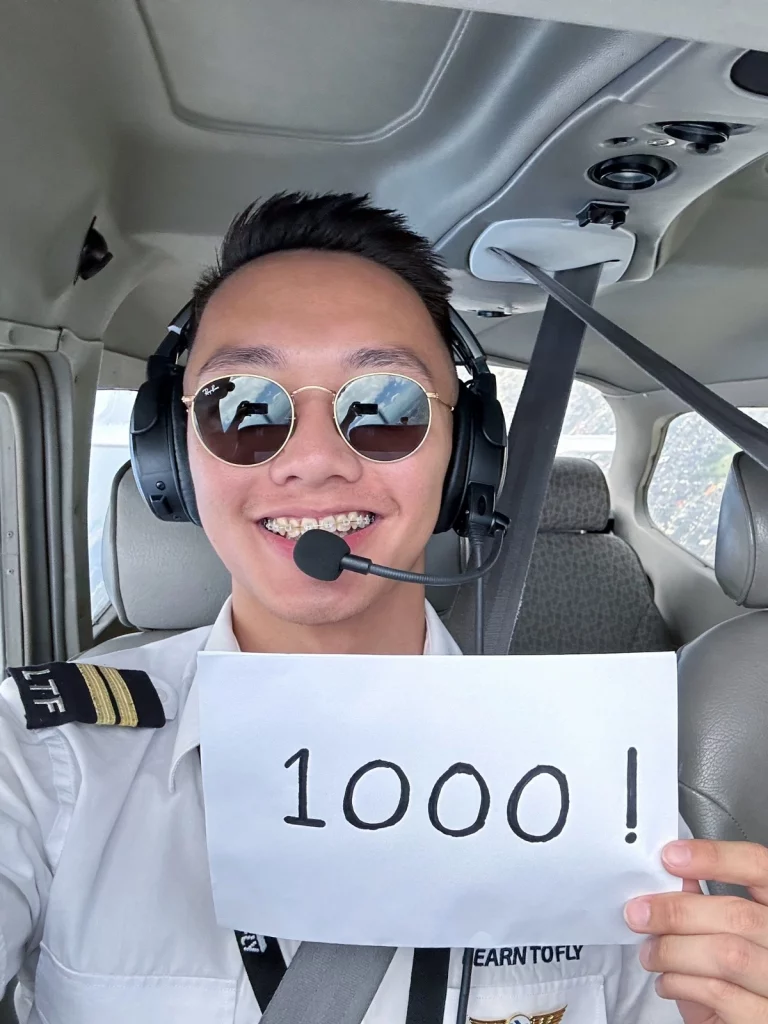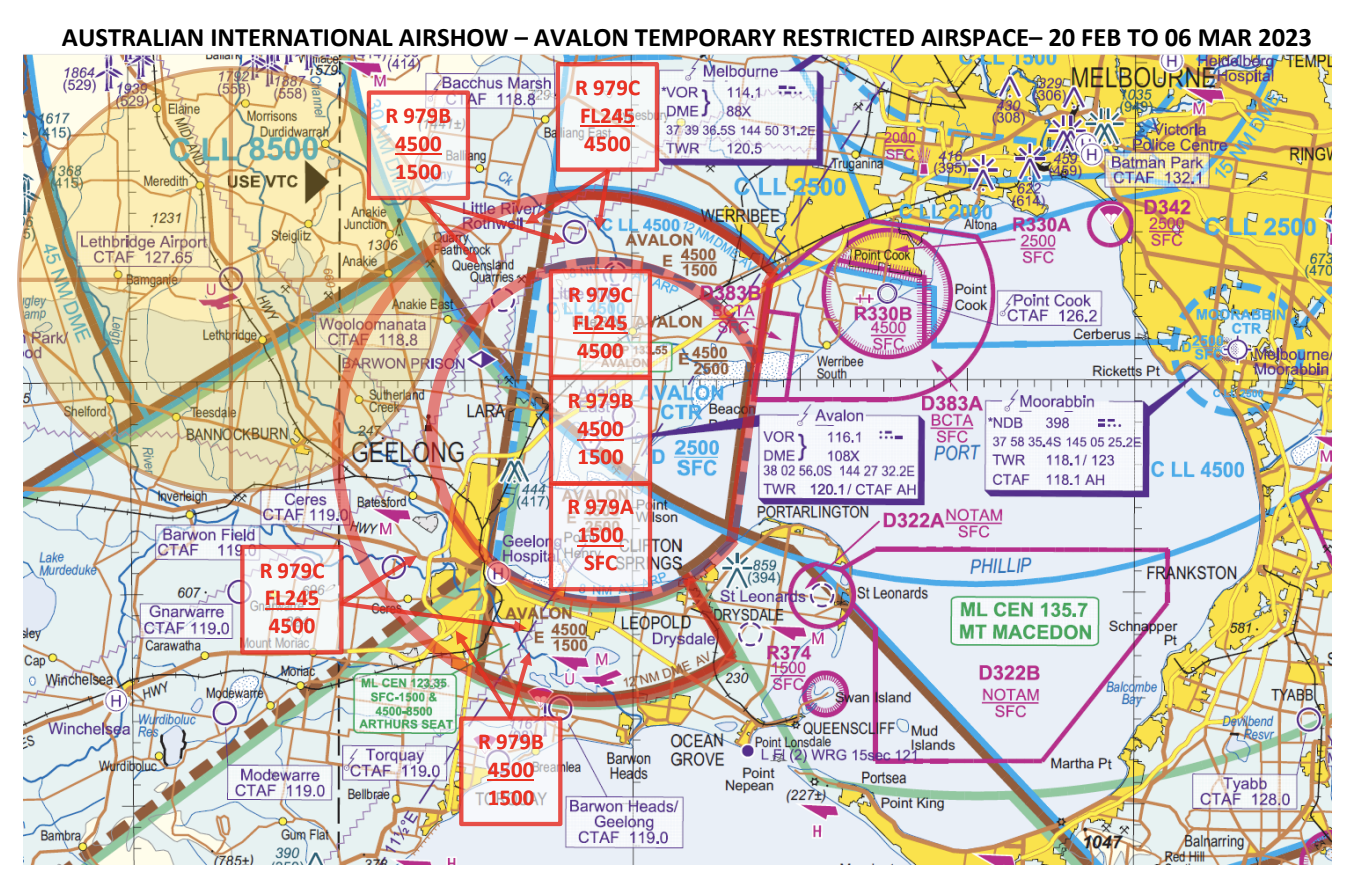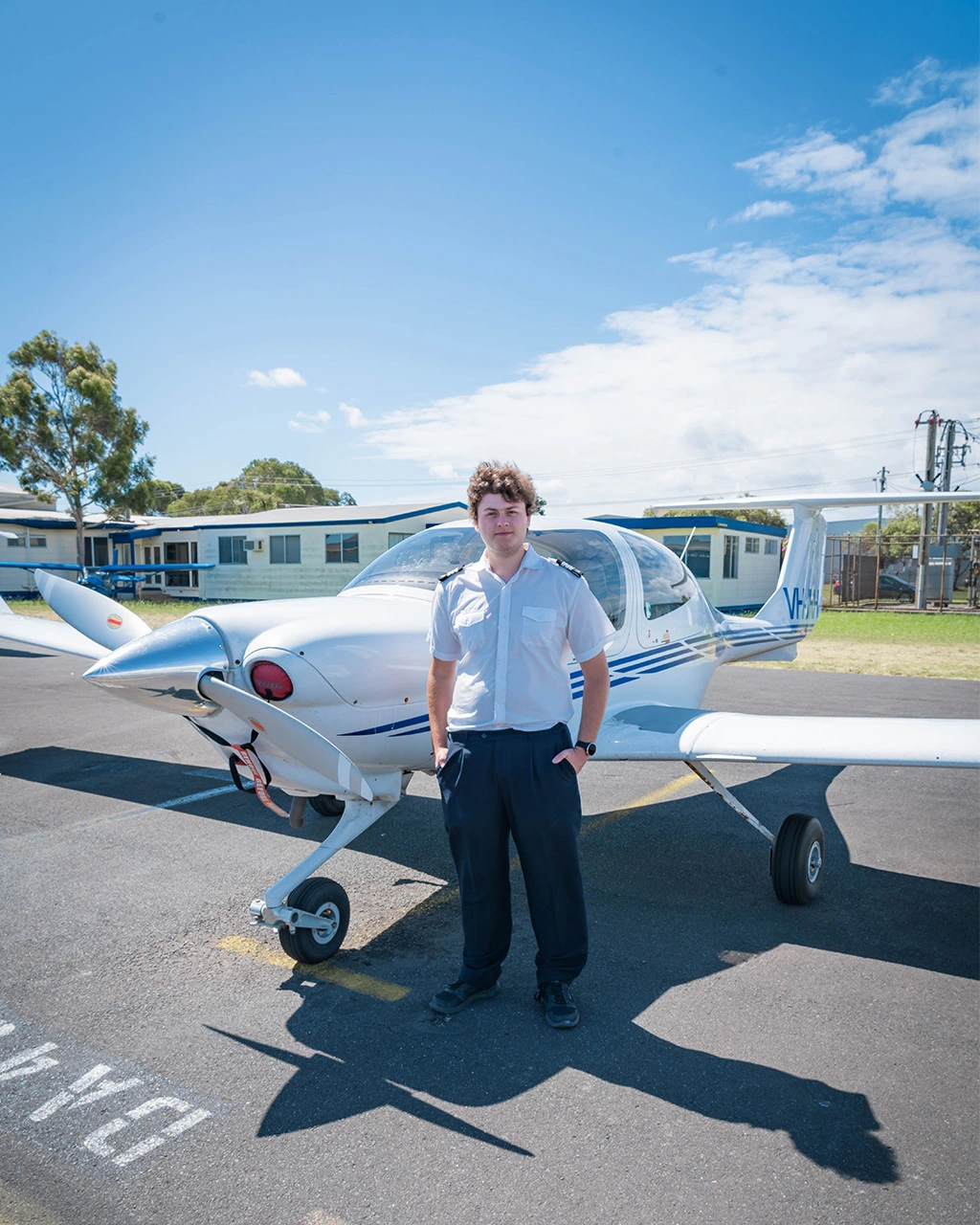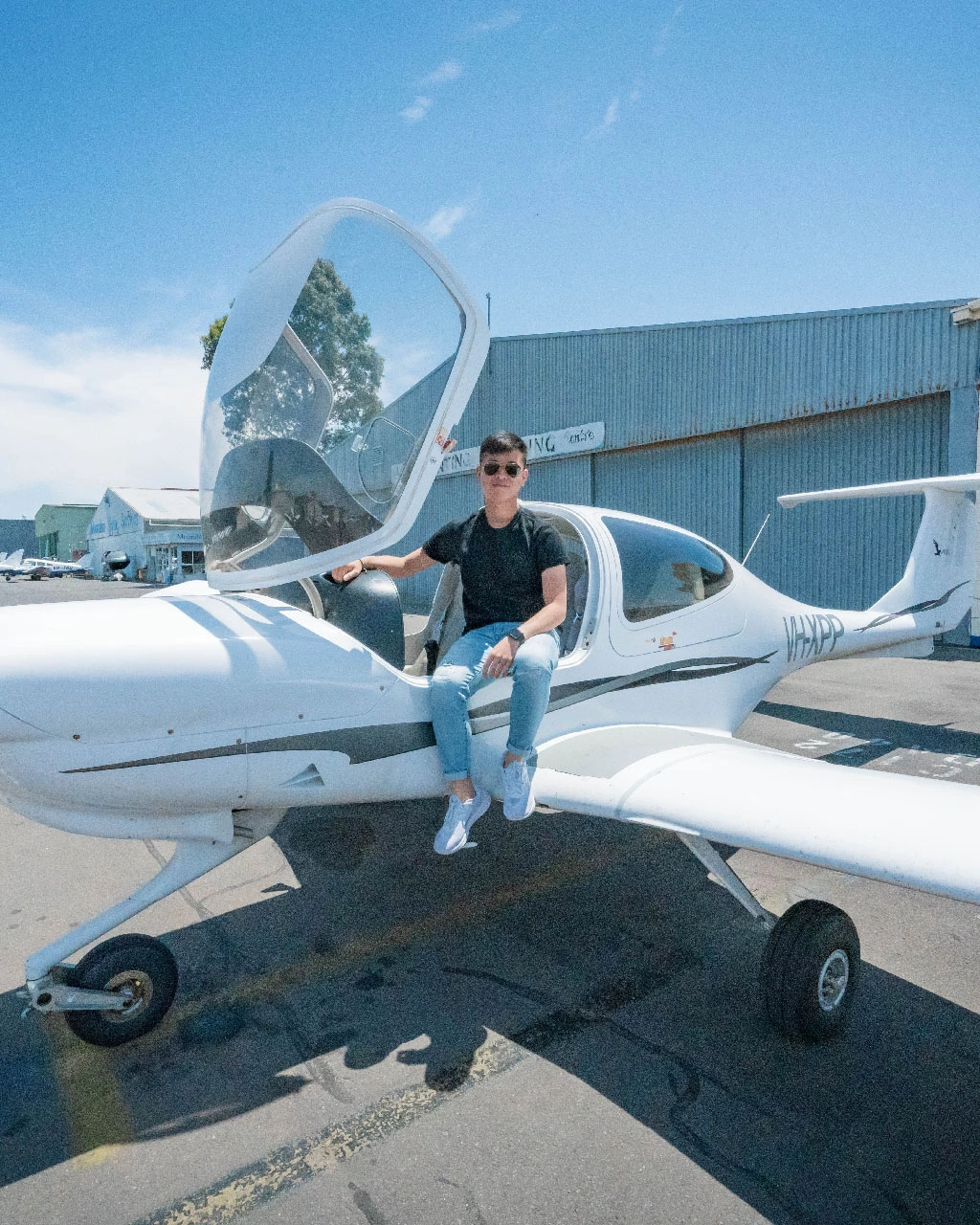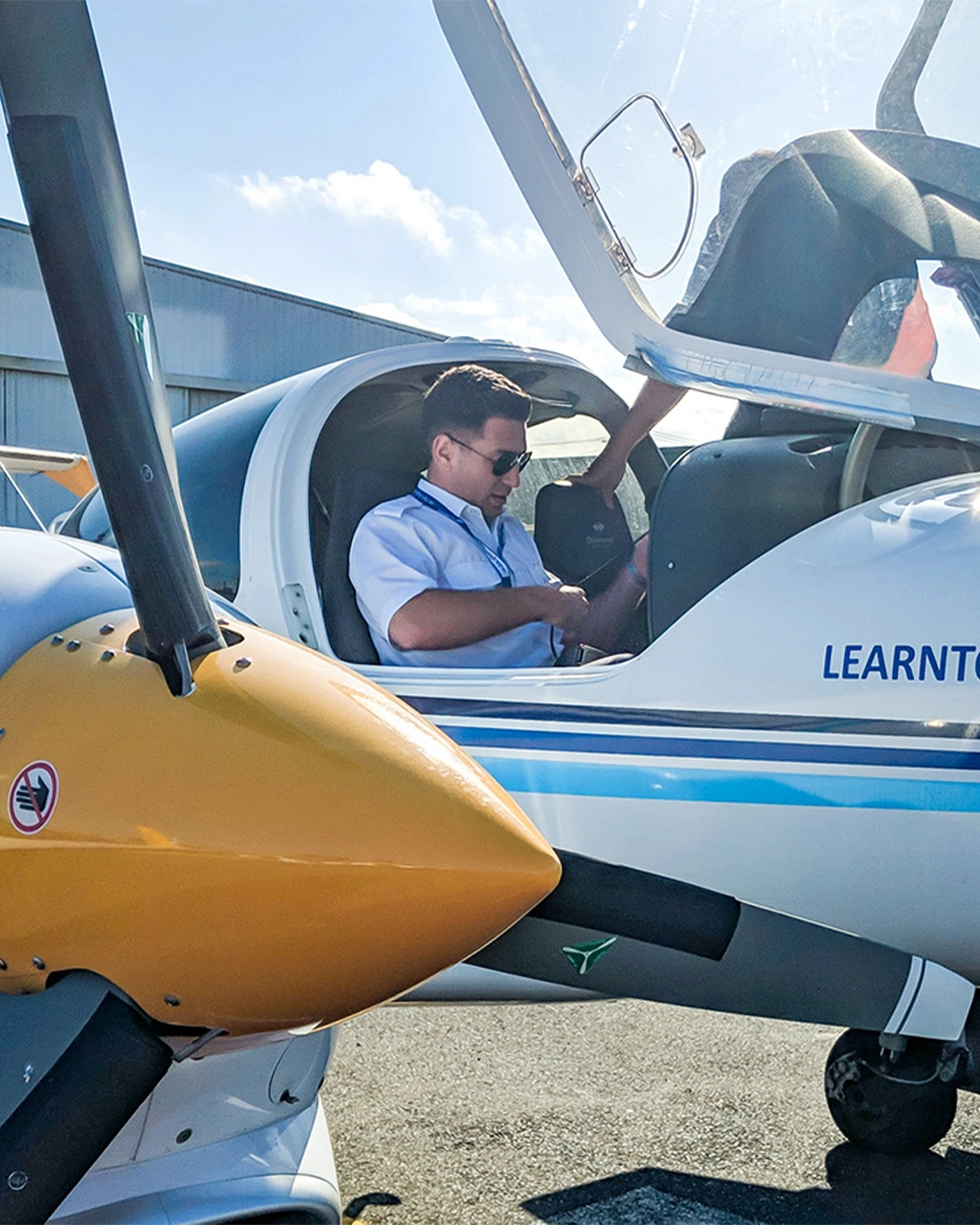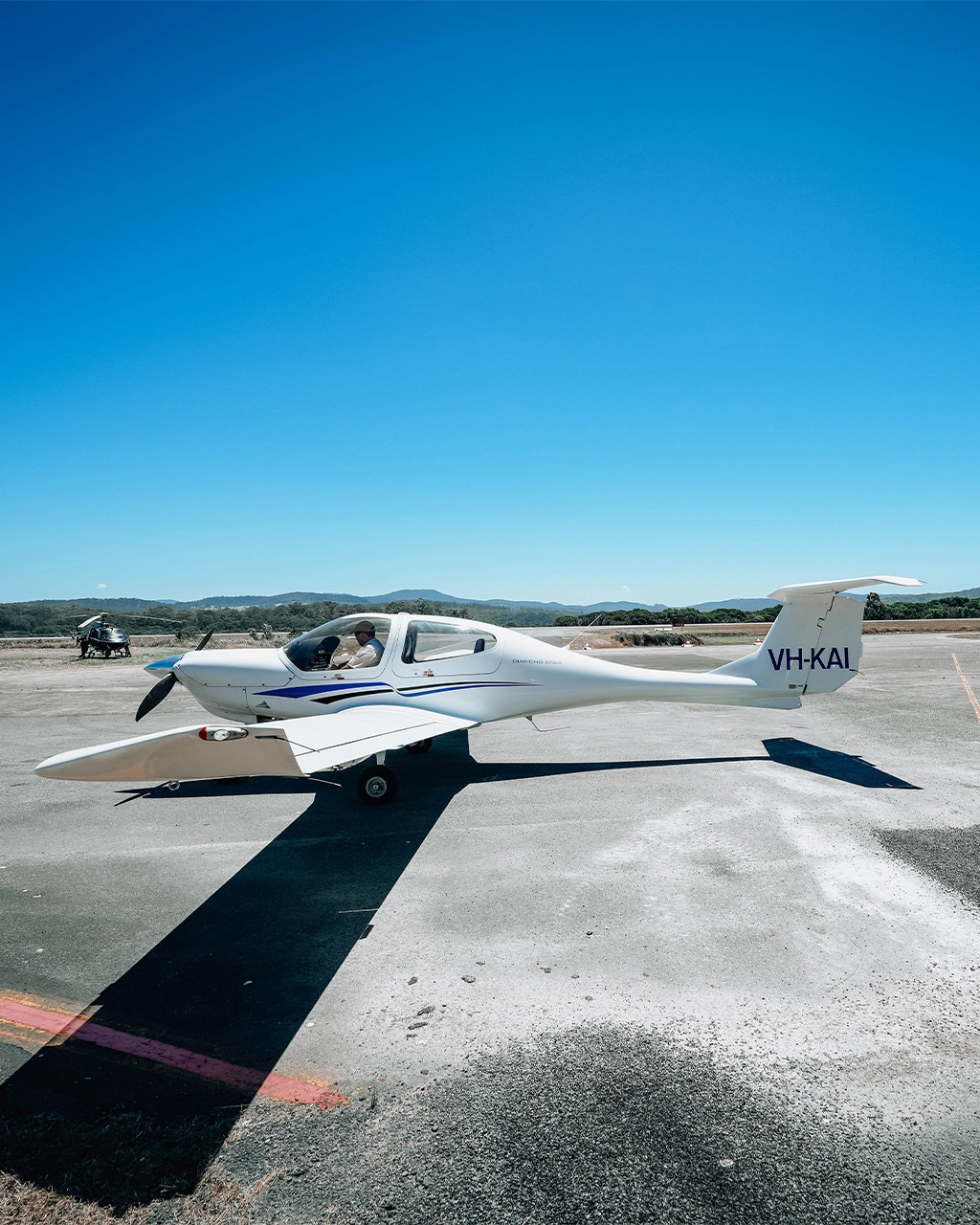The International Civil Aviation Organization (ICAO) has designated English as the standard language for radio communication and procedures in aviation worldwide. As the governing body for all aeronautical communication, ICAO is responsible for enforcing this international standard. However, for non-native English-speaking pilots, this can be an intimidating prospect. Even for those whose first language is English, it can still be challenging. To help you understand and navigate this topic, we will be discussing English Language Proficiency in Aviation. So, read on, and you’ll soon have a better grasp of the subject!
Why do we need Aviation English?
English has been established as the standard language for radio communication and procedures in aviation on a global level. The International Civil Aviation Organization (ICAO) is tasked with the responsibility of enforcing this standardization across all aeronautical communication. For pilots who do not speak English as their first language, using it can be daunting. However, even those for whom English is their native language may find it challenging. To help you better understand and navigate this topic, we will delve into English Language Proficiency in Aviation. So, keep reading, and in no time, you’ll be well-versed in the subject!
Proficiency Is Key
ICAO places a significant emphasis on achieving English Language Proficiency Level 4 as the minimum operational level for pilots in aviation. Meeting these language requirements is a necessity for pilots who use aeronautical radios. To attain this level of proficiency, pilots must undergo an aviation English Language Proficiency (AELP) test that evaluates their verbal skills in English, specifically in aviation terminology. To hold an AELP as a pilot, you must also possess a Recreational Pilot Licence (RPL) with a Flight Radio Endorsement, a Private Pilot Licence (PPL), a Commercial Pilot Licence (CPL), or an Air Transport Pilot Licence (ATPL).
What is involved in the English Language Proficiency Test in Aviation?
To start, you must find an approved assessor for the aviation English Language Proficiency (AELP) test. According to CASA’s guidelines, the assessment typically lasts between 20 and 30 minutes.
The evaluation will focus specifically on your pronunciation, sentence structure, vocabulary, fluency, comprehension, and interactions. You will receive a score between 1 and 6 for each category, and the lowest score will be used as your overall rating. To pass the assessment, you must achieve a minimum proficiency level of ‘4,’ as stipulated by ICAO.
The test aims to determine your ability to communicate effectively in both voice-only and face-to-face situations. Additionally, you should be able to discuss common and work-related topics with accuracy and clarity while using appropriate communicative strategies to exchange messages and resolve misunderstandings. You should also be capable of handling linguistic challenges presented by unexpected events or complications in familiar work situations. Lastly, you should use a dialect or accent that is understandable to the aeronautical community.
What Does the Test Involve?
The AELP test mainly consists of questions and audio recordings. During the test, you will receive various passages where English is used in an aviation context, and you will be required to provide responses and interpretations. For instance, you may listen to a two-way communication via a radio and need to comprehend and explain the events that have taken place.
How Does the ICAO Rating Apply?
The performance rating system for the aviation English Language Proficiency test uses a scale of 1 to 6 for each area of assessment. A score of 6 is deemed ‘expert’, 5 is ‘Extended’, and 4 is ‘operational’ – all of which are considered sufficient. However, if you receive a score of 3 (‘pre-operational’), 2 (‘elementary’), or 1 (‘pre-elementary’), you will not pass the test. A minimum score of ‘4’ is required to pass, which means achieving the following outcomes:
- Pronunciation: Regional or first language influences may sometimes affect pronunciation, but they do not usually impede understanding.
- Structure: The speaker can usually control and creatively use basic grammatical structures and sentence patterns. Errors may occur in unusual situations, but they rarely impact meaning.
- Vocabulary: The speaker generally has adequate vocabulary range and accuracy in communicating effectively on common, concrete, and work-related topics. They can often rephrase effectively in unexpected circumstances where vocabulary is lacking.
- Fluency: The speaker can produce language at an appropriate pace, with occasional loss of fluency when transitioning from rehearsed to spontaneous speech. The use of discourse markers or connectors is limited, and fillers are not distracting.
- Comprehension: The speaker can usually comprehend common, concrete, and work-related topics accurately, even with varied accents or dialects. However, due to linguistic or situational complications or unexpected events, comprehension may slow down or require clarification.
The following table summarizes the six assessment areas and the corresponding rating system.

How Often Should I Do The AELP?
Your proficiency in English language for aviation purposes will be retested every 6 years. If you scored a 6, you do not have to retake the test as it does not expire. On the other hand, if you scored a 4, you have the chance to improve your score to a 5 or 6 in your next assessment. However, it is also possible to score lower since each test result is independent of the previous one.
What Is Different Between GELP & AELP?
The GELP (Global English Language Proficiency) test evaluates your proficiency in using English in everyday situations and differs from the language assessment test for aviation purposes. It is intended for individuals who are new to aviation training or who utilize aviation air-band radios, like those holding a Recreational Pilot Licence without a Flight Radio Endorsement, or for those
Is anything Else Should I Know?
At Learn To Fly Melbourne, we’re dedicated to helping you achieve your aviation goals. That’s why we’ve curated some useful posts that could benefit you. No matter where you are in your aviation journey, our team is always available to provide guidance and assistance. We’re committed to your success, so please don’t hesitate to contact us if you require any help with your course or studies!
Becoming A Flight Instructor – More Important Now Than Ever Before
We’ll discuss some of the benefits that explain why becoming a flight instructor is more important now than ever before.
Aspiring Career Pilots – Here’s Why You Need a Diploma of Aviation
With so many different types of aviation qualifications out there, which one should you choose? And which Melbourne flight school do you approach? These can be tricky questions to answer, so let us help you out.
Flight Instructor Rating – The Perfect Start For New Commercial Pilot Graduates
What is the best way to get started and set yourself on the right career path for your dream pilot job? In our opinion, it all starts with a Flight Instructor Rating. Let’s find out why!
Flight Instructor Training Endorsements – All You Need To Know
In this blog we’ll outline the Flight Instructor Training Endorsements that are available. We’ll also guide you on how each of these endorsements can add value to your role as a Flight Instructor, and your progression as a professional pilot.
Chat with one of our flight training specialists to get your pilot training off the ground. Email hello@learntofly.edu.au or go to https://drift.me/learntofly/meeting to book a meeting and school tour.









